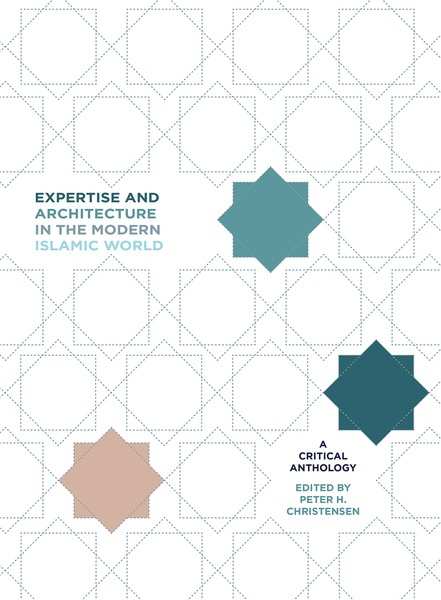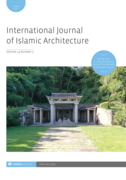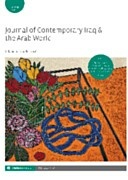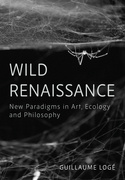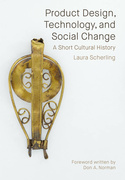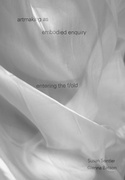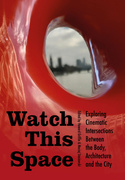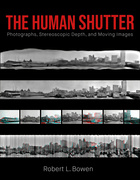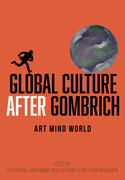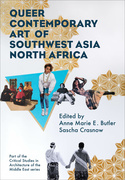Expertise and Architecture in the Modern Islamic World (Book)
A Critical Anthology
Expertise and Architecture in the Modern Islamic World explores how architectural traditions and practices were shared and exchanged across national borders throughout the world, departing from a narrative that casts European actors as the importers and exporters of Islamic designs and skills. Looking to cases that touch on empire building, modernization, statecraft and diplomacy, this book examines how these processes have been contingent on a web of expertise informed by a rich and varied array of authors and contexts since the 1800s. The chapters in this volume, organized around the leitmotif of expertise, demonstrate the thematic importance and specific utility of in-depth and broad-ranging knowledge in shaping the understanding of architecture in the Islamic world from the nineteenth century to the present. Specific case studies include European gardeners in Ottoman courts, Polish architects in Kuwait, Israeli expertise in Iran, monument archiving in India, religious spaces in Swedish suburbs and more.
This is the latest title in Critical Studies in Architecture of the Middle East, a series devoted to the most recent scholarship concerning architecture, landscape and urban design of the Middle East and of regions shaped by diasporic communities more globally.
Edition
Expertise and Architecture in the Modern Islamic World explores how architectural traditions and practices were shared and exchanged across national borders throughout the world, departing from a narrative that casts European actors as the importers and exporters of Islamic designs and skills. Looking to cases that touch on empire building, modernization, statecraft and diplomacy, this book examines how these processes have been contingent on a web of expertise informed by a rich and varied array of authors and contexts since the 1800s. The chapters in this volume, organized around the leitmotif of expertise, demonstrate the thematic importance and specific utility of in-depth and broad-ranging knowledge in shaping the understanding of architecture in the Islamic world from the nineteenth century to the present. Specific case studies include European gardeners in Ottoman courts, Polish architects in Kuwait, Israeli expertise in Iran, monument archiving in India, religious spaces in Swedish suburbs and more.
This is the latest title in Critical Studies in Architecture of the Middle East, a series devoted to the most recent scholarship concerning architecture, landscape and urban design of the Middle East and of regions shaped by diasporic communities more globally.
Peter Christensen is a Ph.D. candidate in Architecture, Landscape Architecture and Urban Planning at the Harvard University Graduate School of Design where he is also an affiliate of the Aga Khan Program for Islamic Architecture. His work focuses on geopolitical traditions and their connections with environmental issues relating to the borders of Islamic and Christian cultures in the nineteenth and twentieth centuries. Along with Barry Bergdoll, Christensen was the recipient of the Philip Johnson Book Prize in 2010 from the Society of Architectural Historians. Christensen is the recipient of grants from the Fulbright Foundation, Deutscher Akademischer Austausch Dienst and the Historians of Islamic Art Association.
Introduction
Peter H. Christensen
Chapter 1: ‘I don’t want orange trees, I want something that others don’t have’: Ottoman Head-Gardeners after Mahmud II
Deniz Türker
Chapter 2: A Nineteenth Century Architectural ArchiveL Syed Ahmad Khan's Āṣar-us-Ṣanādīd
Mrinialini Rajagopalan
Chapter 3: The Balyan Family and the Linguistic Culture of a Parisian Education
Alyson Wharton
Chapter 4: Drawing Knowledge, (Re-)Constructing History: Pascal Coste in Egypt
Eva-Maria Troelenberg
Chapter 5: A Bourguibist Mural in the New Monastir? Zoubeïr Turki's Play on Knowledge, Power, and Audience Perception
Jessica Gerschultz
Chapter 6: Expertise in the Name of Diplomacy: The Israeli Plan for Rebuilding the Qazin Region, Iran
Neta Feniger and Rachel Kallus
Chapter 7: Industrial Complexes, Foreign Expertise, and the Imagining of a New Levant
Dan Handel and Alona Nitzan-Shiftan
Chapter 8: Mobilities of Architecture in the Global Cold War: From Socialist Poland to Kuwait and Back
Łukasz Stanek
Chapter 9: Form Follows Faith: Swedish Architects, Expertise, and New Religious Spaces in the Stockholm Suburbs
Jennifer Mack
... the volume includes some incredibly rich meditations on architecture, history and modern Islam… this is a well-produced and well-illustrated text that should be a welcome addition to any good University library.
'The importance of Christensen’s volume is that it shifts attention from form to process and provides a scholarly and historical basis through which to re-interpret and situate the Islamic architecture of both the post-colonial Muslim world and of Muslim diasporas in the West. Thereby the volume connects contemporary Islamic architecture with its historical past, not by trying to draw parallels between architectural form from here to there, but more substantively by articulating the types of knowledge and expertise that have been bound up in their making since the 1800s. The collection is a varied, insightful and much needed body of work that will enable a broader and better understanding of Islamic architecture'


